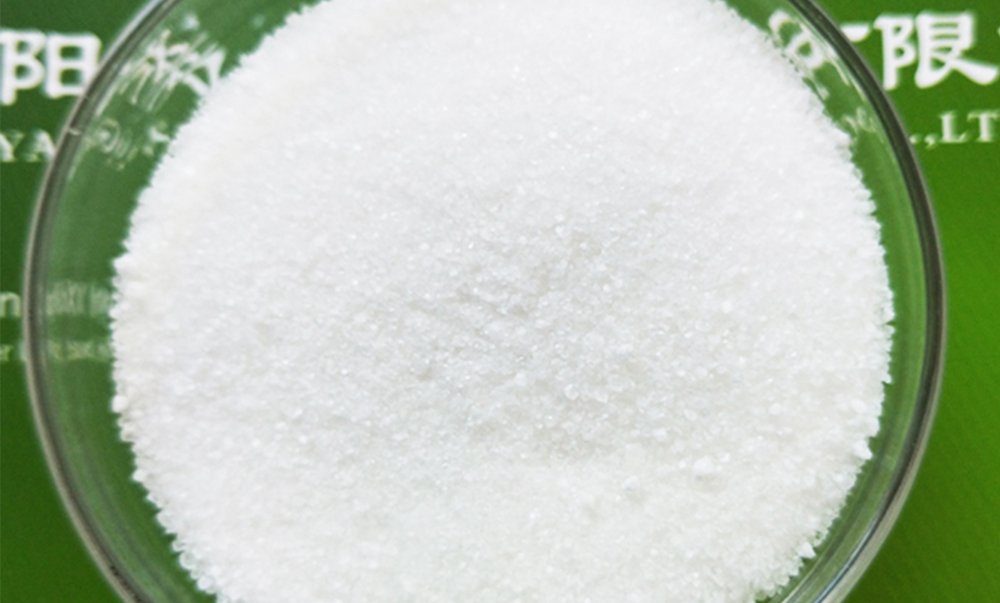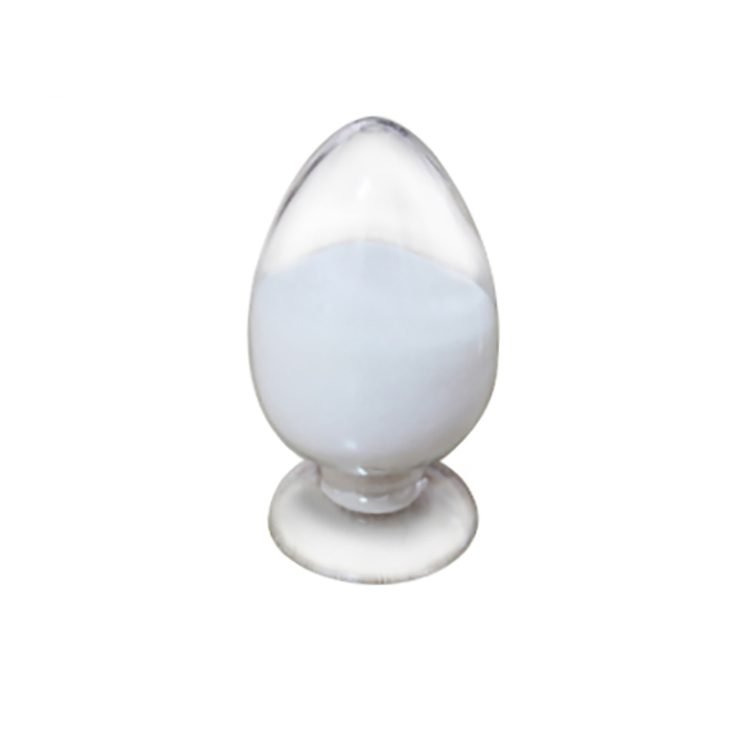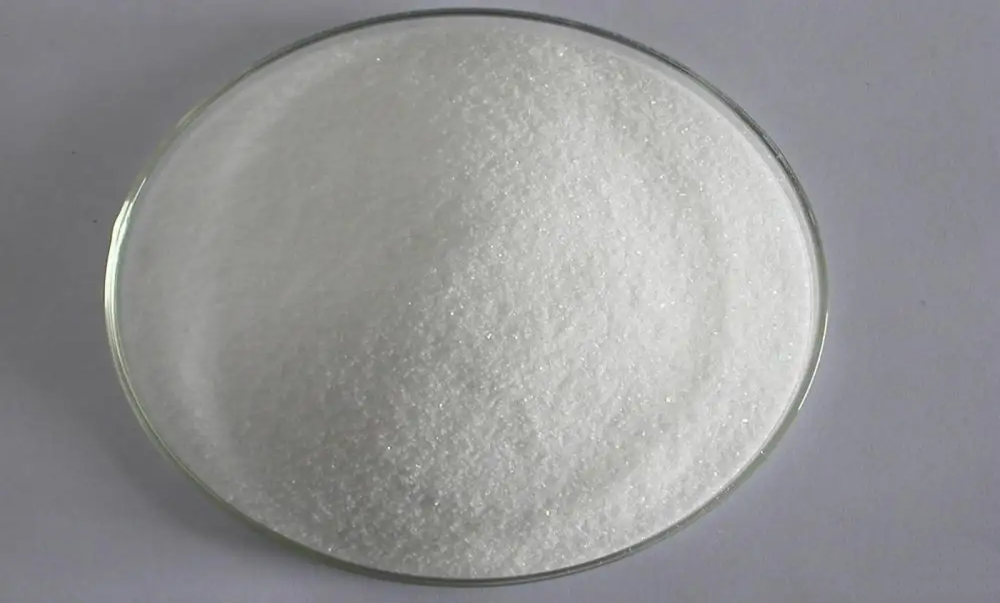Water chelating agent, steel surface cleaner, glass bottle cleaner, cement mixing retarding agent and water reducing agent.
Sodium gluconate alias: D-sodium gluconate, melting point: 206-209 ℃, white crystalline particles or powder. It is extremely soluble in water, slightly soluble in ethanol and insoluble in ether. In industrial production, glucose (such as cereals) is usually used as raw material. Gluconic acid is prepared from glucose by fermentation, and then neutralized with sodium hydroxide to obtain sodium gluconate. It can also be synthesized by electrolysis and oxidation. In China, it is mainly produced and synthesized by chemical oxidation hypobromination.
Product use
Sodium gluconate is widely used in food and industry. It can be used as high-efficiency chelating agent, steel surface cleaner, glass cleaner, aluminum oxide coloring in electroplating industry, high-efficiency retarder, high-efficiency water reducer, etc. in construction, textile printing and dyeing, metal surface treatment, water treatment and other industries.
01
Used in the food industry
Replace salt with sodium gluconate: its salt taste quality is similar to salt, and the relative molecular weight of sodium is only 10.5%. Compared with salt, the sodium content of the former is only 1/4 of the latter. At the same time, compared with other low sodium salts, sodium gluconate is not irritating, not bitter, not bitter, not salty, not salty, and is an ideal substitute for table salt. Now it is widely used in salt free soy sauce, bread and other food fields. In white bread, sodium gluconate completely replaces sodium chloride, that is, it will not cause differences in bread volume, nor will it affect the whole taste and storage time.
Sodium gluconate can improve food flavor: sodium gluconate has the functions of covering up the bitter taste of food, shielding the odor and improving the taste, and has a significant effect on improving food flavor. Taking low-fat cheese as raw material and adding sodium gluconate can eliminate the original bitterness and bitterness of low-fat cheese and improve the overall taste. Lactone tofu was compared with sodium gluconate and gypsum as coagulants. It was found that the dried tofu made with sodium gluconate was more delicate and tasted more nutritious.
Sodium gluconate can improve the nutritional characteristics of food: it can improve the nutritional characteristics of food. If the phenomenon of cheese hardening is deeply studied, it is found that sodium gluconate can form a soluble complex with calcium ion and lactate ion in cheese, which can not only effectively prevent cheese hardening, but also ensure the nutritional quality of cheese.
02
Used for steel surface cleaning agent.
On the steel surface, there are plating bowls, chromium plating, tin, nickel, etc. for special purposes, such as manufacturing tinplate, galvanized sheet, surface chromium plating (electroplating), etc. Its billet surface needs to be strictly cleaned to make the coating and steel surface closely combined. At this time, sodium gluconate can be added to the cleaning agent to achieve a very ideal effect.
03
Used for cement admixture
Adding a certain amount of sodium gluconate into cement can improve the plasticity and strength of concrete and produce retardation effect, that is, delay the initial setting time and final setting time of concrete;
04
Sodium gluconate is a special cleaner for glass bottles.
The special detergent for glass bottles with sodium gluconate as the main formula can solve the following common problems: the removal ability is not strong, and it is easy to block the nozzle and pipe of the bottle washer; The decontamination of bottle stickers and bottle neck rust is not ideal; The micro residue after washing is not ideal for food safety (such as phosphate residue); The washing water is discharged into a public hazard.
05
As a water stabilizer:
Sodium gluconate is widely used as a water quality stabilizer because of its excellent corrosion and scale inhibition, such as circulating cooling water system, low-pressure boiler, internal combustion engine cooling system and other treatment agents in petrochemical enterprises. Because of its following special advantages: ⑴ it has obvious synergistic effect. It is suitable for the preparation of molybdenum, silicon, phosphorus, tungsten and nitrite. The synergistic effect significantly improves the corrosion inhibition effect. The higher the temperature, the greater the corrosion inhibition rate. When the degree of sodium gluconate increases, the inhibition rate of common inhibitors decreases, or even completely loses its effect. However, when the temperature increases, the corrosion inhibition rate of sodium gluconate increases correspondingly. Strong scale inhibition ability: it has strong complexation ability to calcium, magnesium and iron salts, so the scale inhibition ability is very strong, especially fe3+ has a good chelating effect, and even plays a role in the pH value. 4. Elimination of public hazards. Sodium gluconate is used as corrosion and scale inhibitor for circulating cooling water to achieve the effect of scale inhibition, which is incomparable with other corrosion inhibitors currently used.



